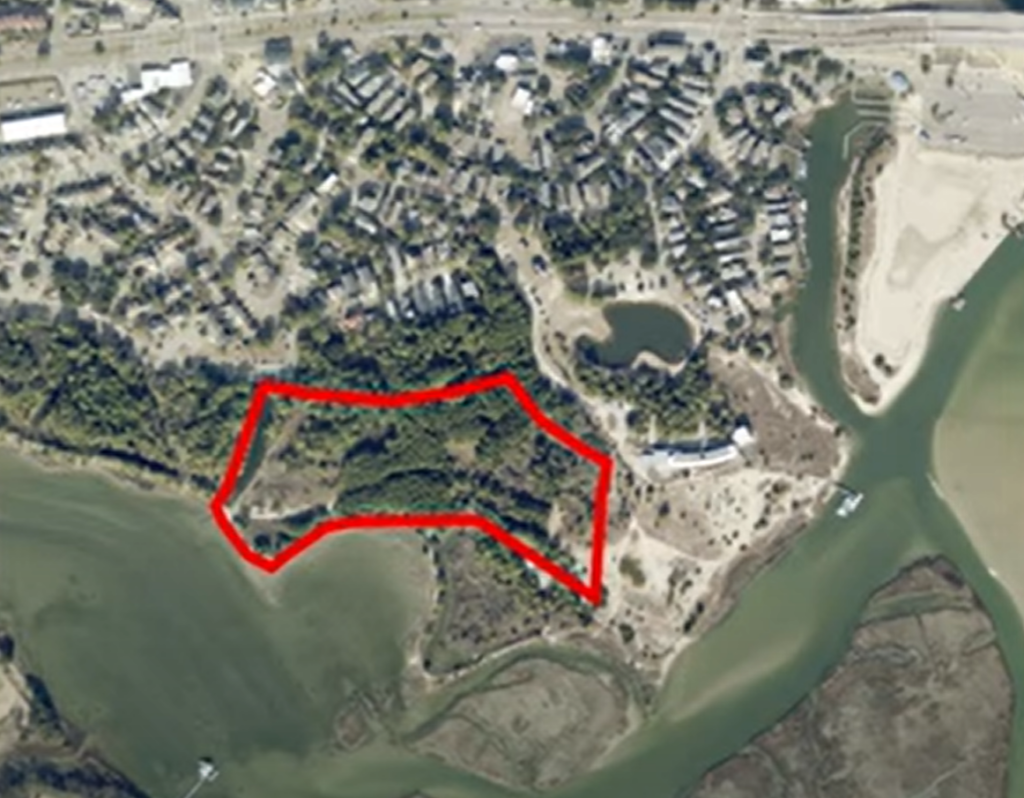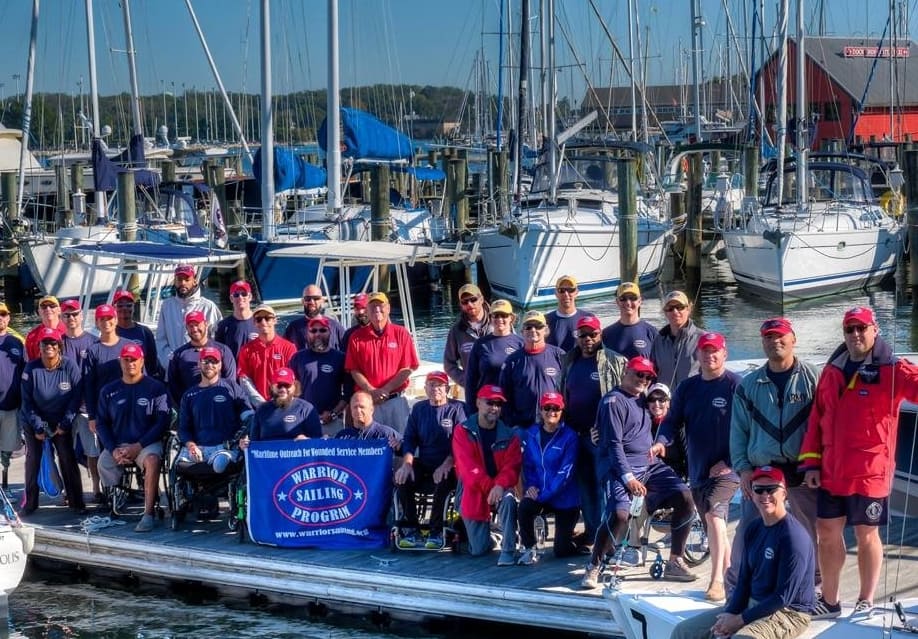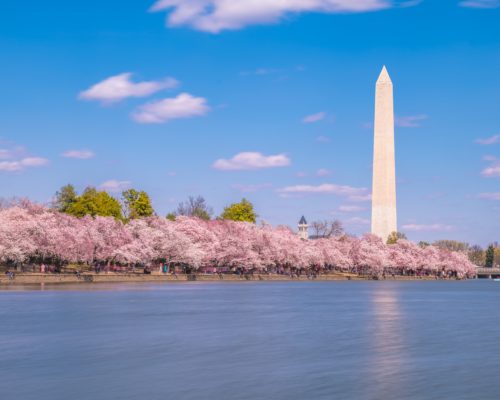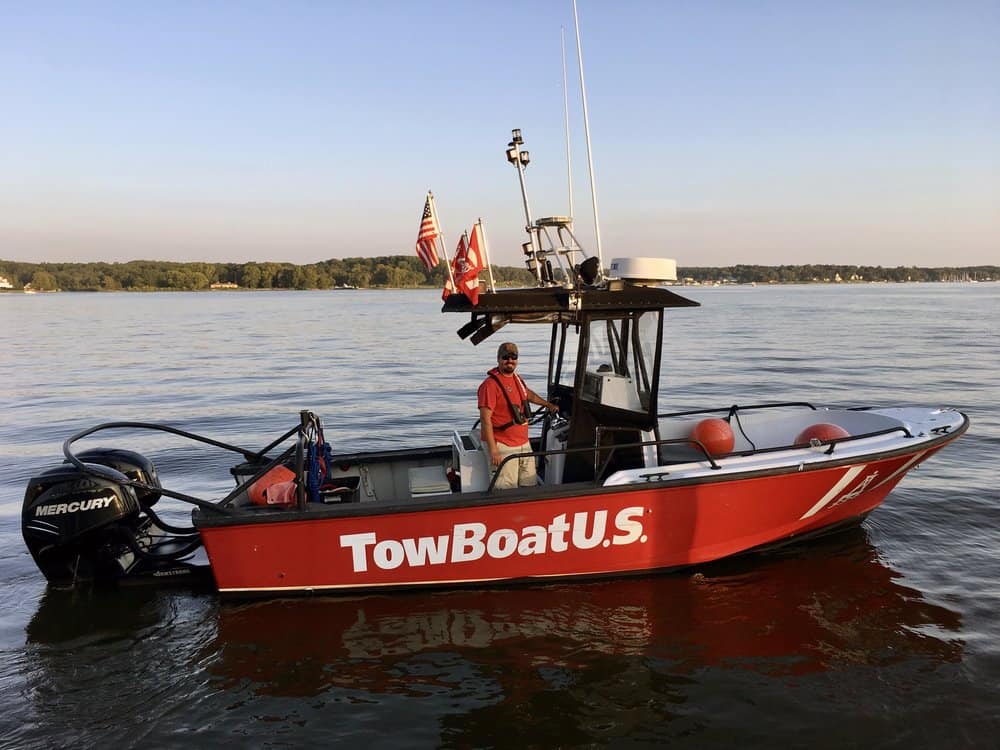Virginia Beach is moving ahead with a wetlands construction project that will earn the city valuable wetlands “credits” to mitigate other projects. But it means destroying a natural area that is rife with local wildlife and vegetation.
Building the new wetlands on the Lynnhaven River will require clearing thousands of existing trees and wildlife habitat at Pleasure House Point Natural Area. Some Virginia Beach residents are outraged that loblolly pines and hundreds of live oaks are at risk of being chopped down, nesting diamondback terrapins will be displaced, and birds like the salt marsh sparrow, bald eagle, and golden eagle will lose their homes—for an environmental project, of all things.
Pleasure House Point is one of the largest undeveloped properties on the Lynnhaven River. Located where Pleasure House Creek and Crab Creek meet, it is made up of beach, marsh and maritime forest. It has wooded walking areas and paddlecraft launch spots.
In the 1970s, Pleasure House Point was a fill site, a dumping ground for sandy dredge spoils. By 2012, the 12-acre Pleasure House Point property stood to fall into the hands of developers who planned to build 1,100 houses on it. The city of Virginia Beach, the community, and environmental partners were able to save it as a protected piece of land. The city made long-term plans to transform the fill site into tidal wetlands. In the meantime, it stood as a natural area. As the years passed, trees grew throughout the property, animals took up residence, and locals enjoyed birdwatching, fishing, paddling and hiking there.
The wetlands development plan took center stage when, in late December, the community got word that it was being fast-tracked. The Pleasure House Point Wetlands Project’s timeline sped up because the city desperately needs wetland mitigation credits it can “bank” as mitigation for a crucial flood-protection project in the Lynnhaven rivershed.
The anti-flood project at Windsor Woods is part of Virginia Beach’s overall Flood Protection Program. It will include a combination of tide gates, pump stations, stormwater storage, flood barriers, and drainage pipe upgrades. The Windsor Woods community saw firsthand the disastrous effects of Hurricane Matthew in 2016, when hundreds of homes were damaged by flooding. The Flood Protection Program’s tools are designed to make the neighborhoods more resilient to storms.
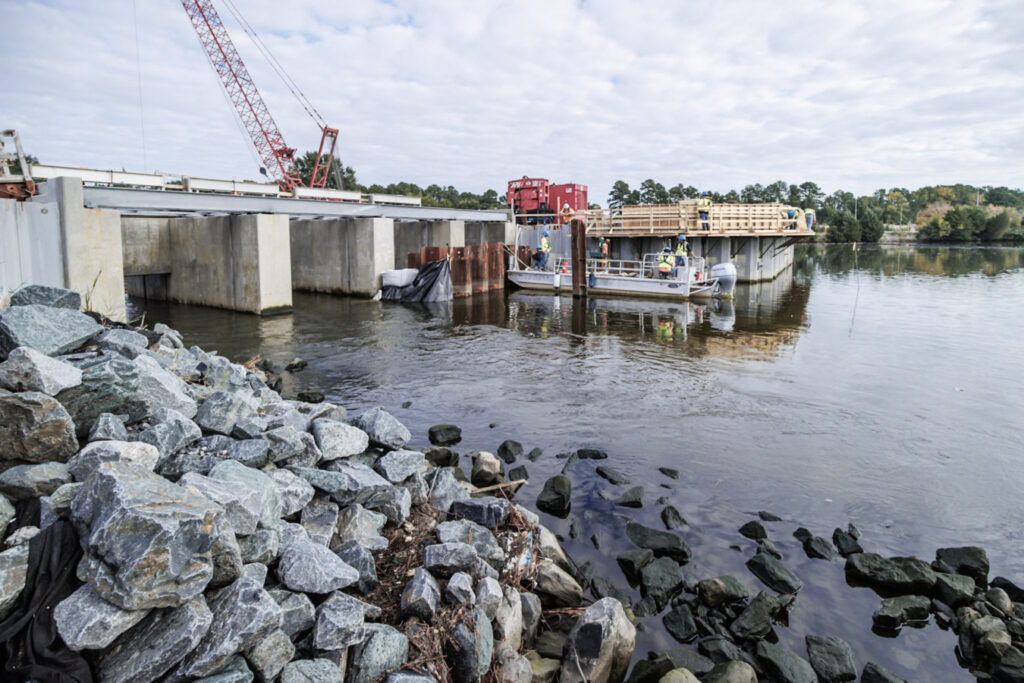
Most Virginia Beach residents can agree the flood protection is necessary. But the question of where the mitigation credits should come from is more divisive. Because the Windsor Woods project is on the Lynnhaven River, the credits must also come from the Lynnhaven River basin. The city says there simply aren’t any credits available, so they must make some.
The Pleasure House Point Wetlands Project is their solution. It will generate 8 acres of wetland credits. It was made public just before Christmas, which some residents say caught them off guard and didn’t offer enough opportunity for the community to raise questions and share concerns.
City Manager Patrick Duhaney and Public Works Director LJ Hansen both said they would have preferred to buy wetlands credits elsewhere and not accelerate the Pleasure House Point project. “There is not enough supply of these credits to mee the demand,” Duhaney said. “There are no known alternative paths.”
Hansen echoed his point, saying, “The credits that we were told would materialize did not materialize.” He says that without creating wetlands now at Pleasure House Point, the city will be unable to complete the all-important flood protection program.
The Virginia Beach City Council was scheduled to vote on whether to transfer funds for the project at a council meeting Jan. 7, 2025. Before they voted, they allowed members of the public to speak for and against funding the project. The public comments went on for more than an hour as speaker after speaker addressed the council.
Opponents talked about the wildlife they observe in the maritime forest daily that would lose their homes. Resident Martha Thoreau said, ““The animals that you intend to displace won’t just move in with their neighbors, nature doesn’t work that way. They’re going to lose their habitat.” Walt Stone held up large photos of bald eagles in the trees of Pleasure House Point and said he has documented a six-foot-wide eagle’s nest there.
Resident John Aguiar reached out to Chesapeake Bay Magazine, fearing that diamondback terrapins are in imminent danger. “It has outsized importance as the last significant nesting grounds for diamond-backed terrapins in the Lynnhaven River,” he told us. “The city has been promising its residents for over a dozen years that Pleasure House Point would be protected in perpetuity… the city’s own websites has been highlighting that Pleasure House Point is a nesting ground for our local population of terrapins.”
Live oak tree advocates implored the city to save the oaks, for which Virginia is the northernmost boundary in the Eastern United States, even as it develops the wetlands.
Resident Steven Battle was wary of the fast-tracked timeline the project is now on, calling the government “frantic”. Business owner Michael Ward expressed similar concerns, saying he fundamentally opposes the plan because “it’s been in the world for ten years, and all of a sudden we’re rushing.”
Supporters of the wetlands development argued for the importance of earning the wetlands credits right away to avoid delaying the flood protection project.
Environmental groups like Lynnhaven River NOW (LRN) and the Chesapeake Bay Foundation were willing to accept the project, but added their own recommendations. Karen Forget, executive director of LRN, touted the importance of tidal wetlands like the one proposed at Pleasure House Point. “Tidal wetlands are the most threatened river habitat,” she said, because some were lost to bulkheads and others were filled in to build homes. The majority of the remaining wetlands in Virginia Beach are vulnerable to sea level rise, with no ability to migrate inland, she pointed out.
Forget addressed concerns about the large swath of trees that would be removed. “We all wish this could be accomplished with less tree loss,” she said. Among her requests for the project: before construction begins, she asks that the city allow LRN volunteers to transplant appropriate trees to other areas of Pleasure House Point or to other restoration projects, saying the organization has successfully done that in other areas of Virginia Beach.
The Chesapeake Bay Foundation, which owns a portion of the land protected in 2012, has its own list of requests. Christy Everett, the Bay Foundation’s Hampton Roads Director, says to ensure success, she wants to see developers choose a less sensitive area for lay-down staging of the project, avoid disturbing large live oaks wherever possible, keep the construction entrance no wider than 10 feet, and mitigate any impacts to oyster reefs in the area.
Ultimately, the City Council voted unanimously to transfer funds, clearing the way for the wetlands project to begin.
The city expects to begin clearing the land in February and will have the project completed by October 2025.

